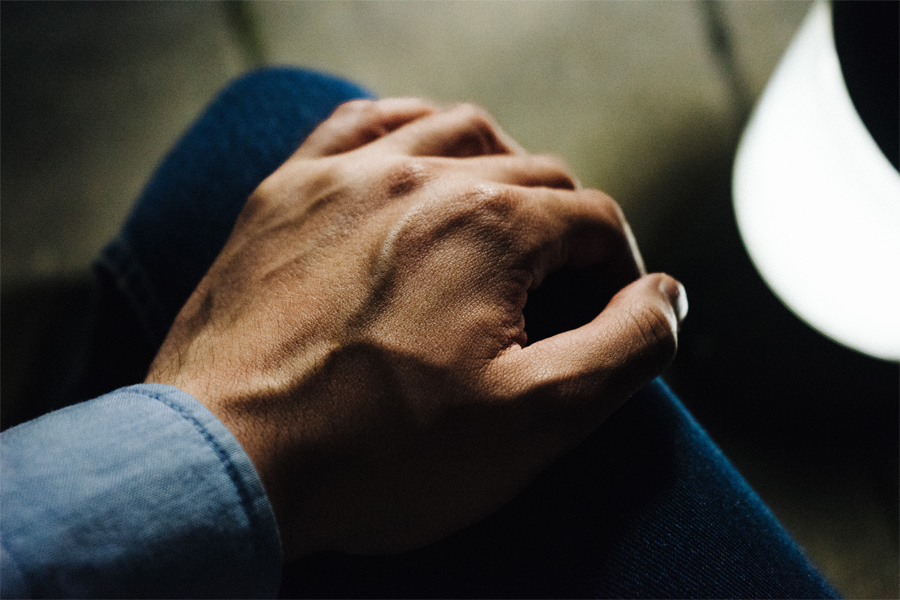Varicose veins or spider veins are abnormal, swollen, and bulging veins that most likely have a blue or purple color. Approximately 24 percent of all adults have varicose veins, and health care organizations in the US spend almost 3 billion dollars every year to treat complications of varicose veins. Varicose veins are much more common among women, affecting 22 million women per year, compared to 11 million men above the age of forty. Obese people and pregnant women also have a higher chance of getting varicose veins. In this article, we’ll be explaining the main causes of varicose veins and what you can do about them.
Causes Of These Blue Veins
- Biological: Varicose veins are formed when the walls of the veins become weak and inelastic. Vein walls should be strong and elastic to allow the valves to function effectively. Valves have a one-way path that opens to let the blood flow inside and then shut back so that it doesn’t flow backward. If the valves become ineffective, the blood ceases to flow back to the heart and, rather, is collected in the veins, causing them to become enlarged and dilated. Gravity may make it even more difficult for the blood to flow upwards. Varicoses are more prevalent in women due to hormone imbalances (like estrogen and progesterone), as well as changes including menopause and PMS can cause the vein walls to loosen, resulting in ineffective valves and spider veins.
- Genetic: Genes can be a major factor that can contribute to varicose veins. If your family has a history of varicose veins, you’ll likely develop them as well.
- Weight: Being overweight can also cause your veins to be less futile, as they have to work much harder to pump the blood to your heart. This increased pressure can result in leaking valves and, thus, the development of spider veins.
- Pregnancy: The amount of effort needed to pump enough blood to support the baby is huge. That is why veins can relax and weaken during the development of the womb and during pregnancy when hormones are at their peak.
- Nature Of Job: Jobs that require standing for long hours can prevent blood from flowing easily. Any activity that exerts a lot of pressure on the veins can contribute to developing varicosities.
- Rare cases: In some cases, tumors, blood clots, and unusual blood vessels can cause varicose veins.
Treatment Of Varicose Veins
Varicose veins are not a dangerous health condition, however, in some cases, they may cause discomfort and pain. The complications of varicose veins may include:
- Tissue problems like ulcers and skin-related issues
- Rashes
- Infections
- Leg pain in the morning and at the end of the day
- Soreness after physical movement
- Discoloration and swelling of the skin
- (Phlebitis) Blood clots
If someone is suffering from varicose-related problems, they have to resort to treatment. Some people also feel self-conscious and insecure about these spider veins and might want to treat them for beautifying concerns. There are various types of treatment; invasive, minimally invasive, and non-invasive. Non-invasive varicose vein treatment, also known as conservative treatment, is the first treatment option that doctors will suggest before surgery. This treatment may involve a series of steps and lifestyle practices that aim at reducing blood leakage. These practices may include:
Losing weight
- Wearing compression stockings (these are socks that enhance blood flow during the day)
- Lifting your legs to chest level when you’re sitting for long periods of time
- Abstaining from standing or staying seated for long hours
- Adopting healthy habits like stretching, light jogging, and practicing Pilates and yoga
Minimally invasive varicose treatments are performed by vein professionals. They are surgical procedures that use minimal doses of anesthetics. Vein specialists make tiny lacerations or cuts, then inlay a thin cannula as a medium for radio waves (RFA or radiofrequency ablation). RFA treatment is used to treat and close swollen veins. While EVLT, which stands for Endovenous laser ablation, uses laser heat to eliminate damaged varicose veins; the saphenous vein in particular.
Invasive varicosities surgeries are recommended to treat extremely damaged veins. They are also a permanent treatment, unlike laser treatments which require several sessions. Invasive surgeries are performed by a vascular surgeon with 11-13 years of training and experience. These surgeries may include phlebectomy and vein stripping. A Vein stripping procedure lasts for about 1.5 hours and is usually performed under a general anesthetic. The large saphenous vein is ‘stripped’ by making two or three incisions in the leg, around the varicose vein, in the groin, and in the calf. The surgeon then inserts a thread or a wire into the varicose vein and through the other 2 incisions. The wire is bound to the varicose vein and then pulled out through the incision at the end of the leg (ankle or calve), which strips the damaged vein out along with it. The cuts are then closed off with stitches. While phlebotomy is another type of procedure that surgeons perform on small varicose veins. Small cuts are made along the surface prior to removing the vein.
Symptoms and Complications of Each Treatment
Any surgical procedure will certainly be followed by side effects as part of the recovery process. Vein stripping and phlebotomy are accompanied by bruising, bleeding, swelling, and pain. The pain can last up to 14 days, and your doctor will advise you against driving and intense physical activity. EVLT and RF can cause soreness in the skin, joints, muscles, and nerves. EVLT can result in vein inflammation in some cases as well. While people with diabetes are prone to dysesthesia after EVLT and RF treatments.
Comments
comments